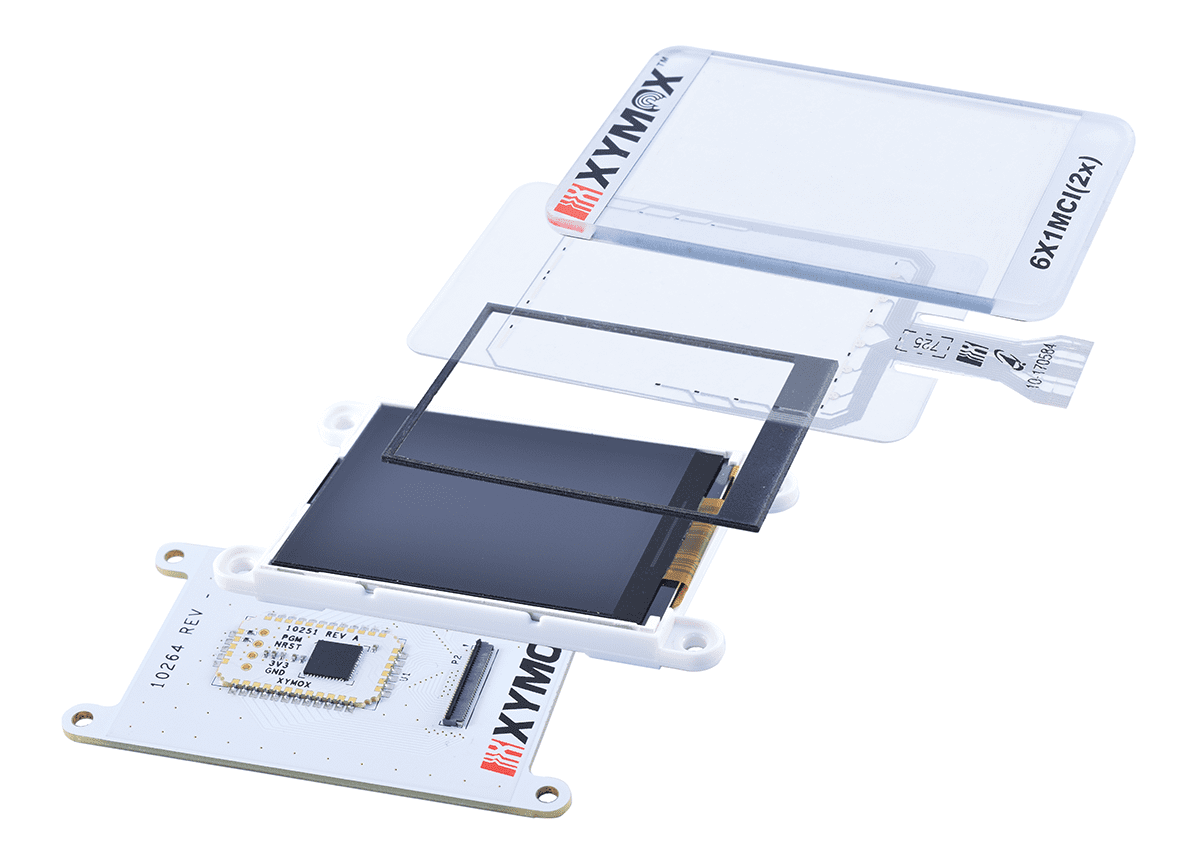There are a number of costs to consider when designing the best touch sensor solution for your product. Each consideration may affect your particular situation differently, depending on the application. For example, a touch sensor application will have different total cost drivers for a kitchen range, than it would for a medical defibrillator, or an industrial control panel.
Design/Solution Engineering cost – How much work will your team need to do to develop the total solution that will deliver the best user experience and total cost for your project? Do you have the expertise in pulling together the display, sensor, user requirements, controller sensitivity needs, lens choices, tail location, etc.? What will the total investment of engineering and design time be if you do this all yourself?
Unit cost – This seems like the easiest part – how much do the components cost per unit? However, it is difficult to get an apples to apples comparison of alternatives when the total set of components is still being designed and formalized. It is important to consider the cost of the display, touch sensor, controller, cables, bezel, lens, etc.
Assembly cost – This is the line cost in your facility to assemble the final device. There are many options in how a component assembly is designed that can reduce the complexity of assembly operations and thus cost. If you have low assembly costs, you are best off purchasing just the parts to fit your capabilities.
Procurement cost – How much time and energy will you expend sourcing products, managing MOQ’s, managing lead times, and adapting to changed delivery schedules for each potential source of components? Many companies have re-shored production because the hassle of a long supply chain distance has outweighed lower part costs from other parts of the world. Is there a distributor between you and the manufacturer of your components, and do they add value to the process? The procurement cost will be influenced by these factors, among others:

1. Number of components
2. Manufacturing location of components
3. Sales channel for components
4. Flexible inventory options for customer
Solution Programming cost – A discrete button sensor should be easier to program solutions than a matrix style sensor. If you are choosing a stock supplied sensor that is a matrix-style, consider whether you need this approach. While you can program a matrix sensor to work with discrete touch points, it’s like buying a super car but never exceeding 55 miles per hour. The simpler the needs of the end user, the more important this difference in solution programming can be.
Incoming QA cost – As you start a new project, what is your cost of incoming quality? What will it cost if you have significant fallout in this regard? In this industry, it is not uncommon for a poorly supplied product to have 20-35% reject rate on incoming inspection and performance. What is your supplier’s reputation for flawless project startup and execution? What will a flawed supplier cost per part purchased?
Product Field Failure Risk/cost – Have you ever had a field failure of your product and calculated what it cost? In a recent medical application, a competitor’s field failures cost their customer about 2.5 times the purchase cost of their touch interface due to irregular performance in the field. After that experience, the customer was all too happy to pay an extra dollar for a touch interface solution that works every time. These costs didn’t account for lost market share, lost customer goodwill, and overall market image. Since your success is largely dependent on your customer’s touch experience with your product, be sure you are accounting for the cost of a poor field experience.
Repair cost – This will be directly related to the complexity of the assembly. If we can provide a drop-in solution that requires only a lens change in the field, it could be less expensive than changing an entire display, which could require having the device shipped back to your service center for repairs.
End of Life costs for Components – Stock touch sensors are often based on a very large customer driving manufacturing efficiency. For example, when a particular mobile phone screen size is in production, the manufacturer will offer that size screen to other smaller customers taking advantage of the huge production of the driving design (the phone.) Once that mobile phone is obsolete, in a year or two, the secondary customer either needs to change to match up with a new phone design driving new demand, or has to pay much more for the existing design. If the life of your product is long (often our customers have a 10-20 year life in production and service), you are vulnerable to the fast-changing world of displays and touch sensors for those displays.
